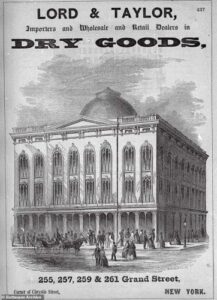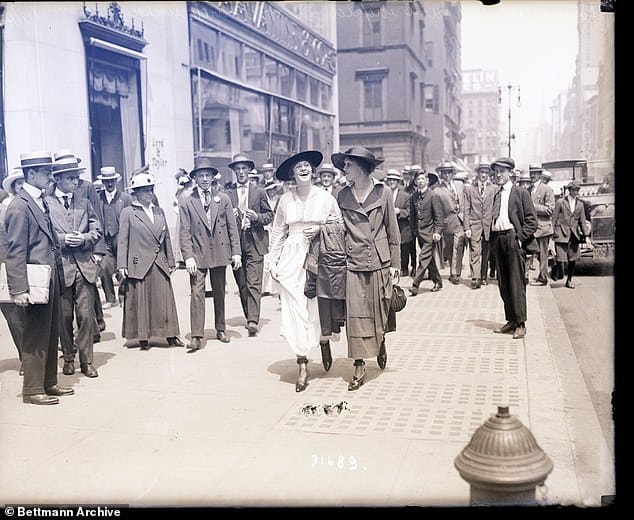America’s Oldest Department Store Closes Its Doors Following Almost 200 Years
2020 will always be remembered as a year of great upheaval characterized by the coronavirus epidemic, the sad loss of NBA icon Kobe Bryant, and civic disturbance following the murder of George Floyd. Among these social issues, the pandemic’s economic effects did terrible damage to numerous sectors, including retail. Longstanding department businesses, already under strain against the emergence of internet behemoths like Amazon, faced impossible challenges. Among the most notable fatalities was America’s oldest department store chain, Lord & Taylor, which announced closing of all 38 surviving locations following over two centuries in operation.
A Pioneer Legacy
Founded in 1824, Lord & Taylor boldly claimed to be the first department store in America. Renowned for its exquisite boutiques, smart branding, and dedication to quality, it established a household name across several generations. Renowned for its flagship store on Fifth Avenue in New York City, a monument of luxury shopping and a gathering place for innumerable consumers, the business was Not only did Lord & Taylor offer goods and clothes during its almost 200-year existence, but it also developed into a cultural symbol connected with style and tradition.

From Bankruptcy to Liquidation
Lord & Taylor joined the increasingly numbers of conventional stores trying to survive by declaring for Chapter 11 bankruptcy protection in August 2020. The corporation first intended to restructure its operations while keeping 14 sites operational. But survival became impossible given the ongoing financial pressure and declining in-store visitation. Just a few weeks following the bankruptcy declaration, Lord & Taylor declared the closing of all of its stores and started a large-scale liquidation sale to remove inventory.
The choice signaled the end of an era as Lord & Taylor were among the most prominent victims of the changing retail scene. The department store was purchased by French fashion rental business Le Tote Inc. last year; nevertheless, the new ownership was unable to turn the trend downhill. The epidemic just hastened the difficulties the chain faced and drove it toward its last extinction.
A More General Retail Crisis
The closing of Lord & Taylor is not a unique occurrence but rather a result of a broader trend changing the American retail sector. The epidemic produced an economic climate in which many classic companies battled survival. Along with Lord & Taylor, other well-known companies include Brooks Brothers, J. Crew, J.C. Penney, Neiman Marcus, Stage Stores, Ann Taylor, and Lane Bryant have all gone bankrupt or closed. Every one of these brands—some with histories spanning more than a century—symbolized a chunk of Americana that was now vanishing into oblivion.
Renowned for clothing several U.S. presidents and defining American menswear, two-century-old Brooks Brothers filed for bankruptcy in 2020. Long-time competitor Barneys New York had fallen victim to financial problems just a year ago. Driven by the development of e-commerce and shifting buying patterns, these closures mark a seismic change in consumer behavior.

The Development of E-Commerce
The way Americans buy has been drastically changed by the dominance of internet shopping behemoths such as Amazon. Convenience of online platforms—fast shipping, tailored suggestions, and competitive pricing—has made conventional department shops look out of date. The epidemic sped up this change even more as social distance policies and lockdowns drove more people to buy online. Many stores found it too challenging to adjust to this digital-first market, and depending too much on physical stores turned into a liability rather than a benefit.





